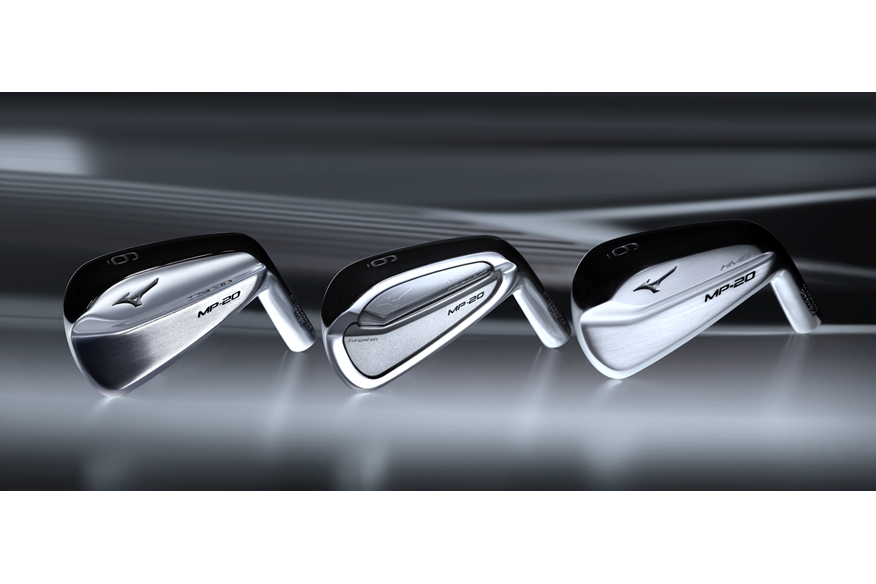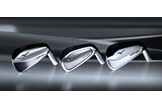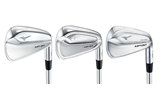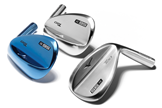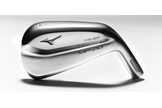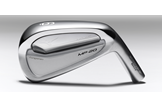Mizuno reveal new MP-20 MB, MMC and HMB irons
Last updated:
Mizuno has made many great irons during its 113 years, but there’s one particular model that’s known among forged iron connoisseurs as the “father of the modern muscleback”.
That’s the Mizuno TN-87, which was produced in the mid-late 1980s for Japanese legend Tommy Nakajima.
Forged iron stickler Nick Faldo loved the shape of Nakajima’s irons, so his favourite blades were based on the TN-87, and over time, the iron became the Mizuno MP-29, which Tiger Woods played early in his career. And if rumours are to be believed his MP-29s have formed the blueprint for his Titleist, Nike and TaylorMade musclebacks since.
TESTED: Which Mizuno iron suits me?
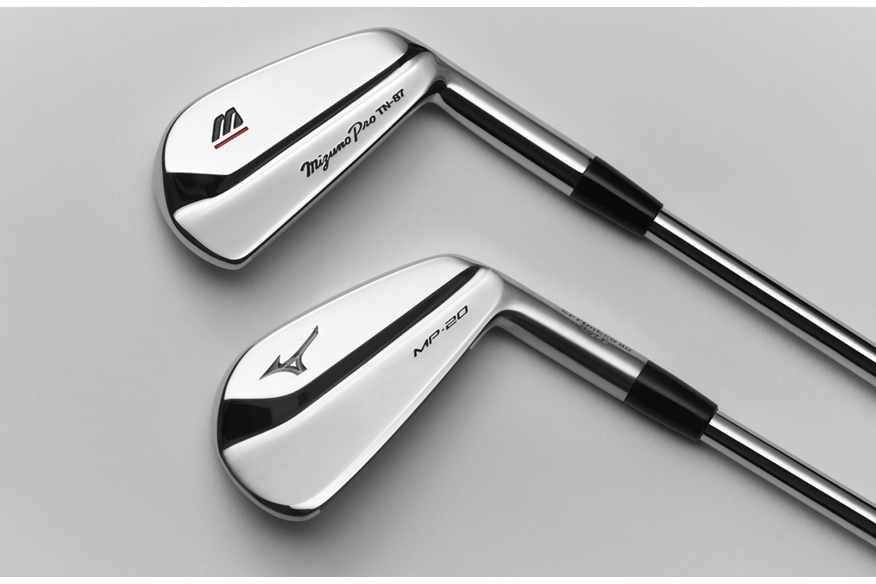
Mizuno is well aware of the nostalgia that surrounds the TN-87, and they’ve taken inspiration from the classic iron for the new MP-20s.
Which Mizuno MP-20 iron suits me?
Musclebacks are notoriously difficult to amend and improve, but there’s one stand-out change with the new model, and that’s a very thin copper layer which was on Mizuno’s historic irons, but not on recent MP models.
TESTED: Best Player irons 2019
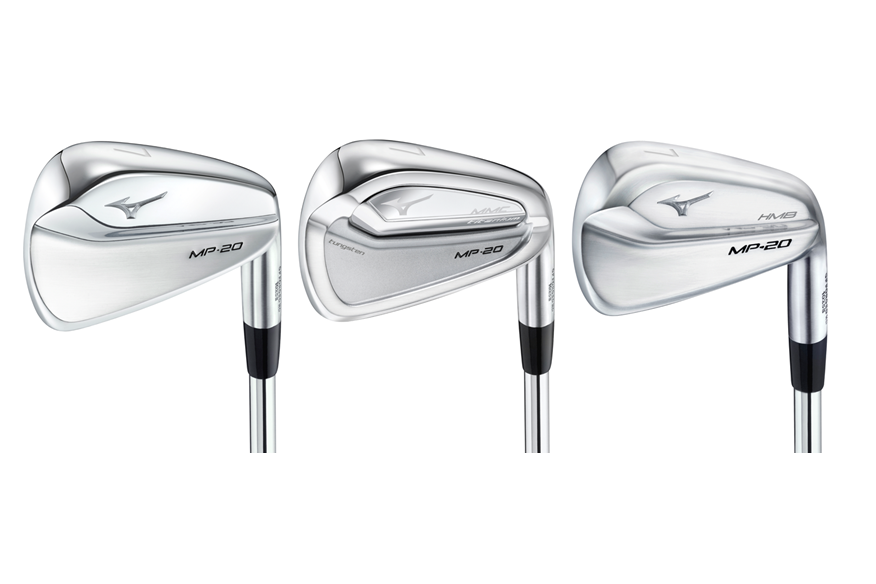
“We kept asking ourselves why players still talked about the feel of older Mizuno blades,” said Mizuno’s Chris Voshall.
“Despite our Grain Flow Forging process tightening each heads structure (which improves feel), and tuning each new design’s vibration pattern through computer aided design, the very best felt something was missing when comparing our latest musclebacks head-to-head with the classics,” Voshall added.
According to Mizuno, the only missing element from the classic models to the latest MP irons was a thin copper coat encapsulating the head. And just to see if players could spot the difference, six Mizuno tour pros blind tested these new copper models against none-coated models and all six felt the copper irons delivered better feel. Unsurprisingly, this tech comes on all three new MP-20 irons – the MB, MMC and the hollow-body HMB.
TESTED: Should I use a low spin driver?
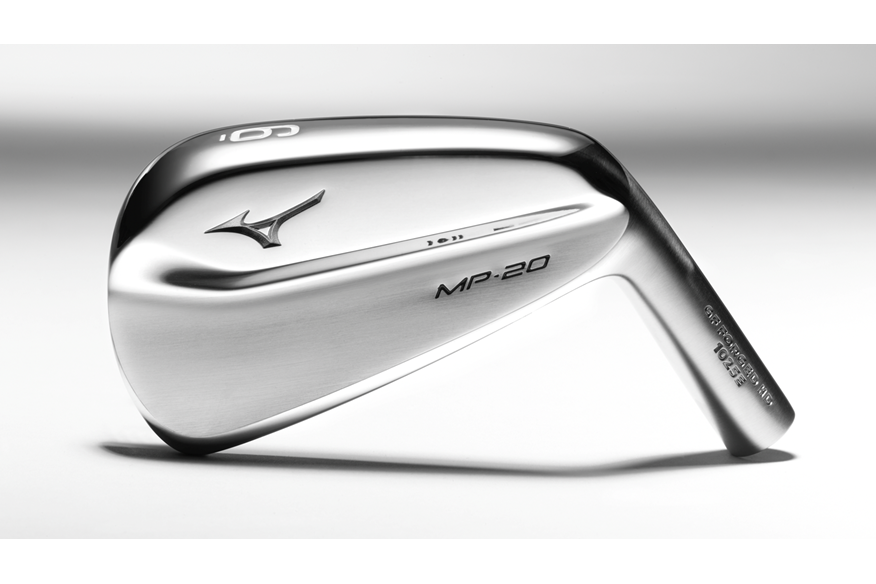
Mizuno MP-20 MB iron
RRP: £150 per iron / Availability: 3-PW (LH 5 – PW with #3+4 HMB) / 7-iron loft: 34°
A pure muscleback with a new tapering blade thickness tech. The idea gradually positions extra mass higher and lower in the blade (without thickening the topline) as the irons get shorter. Mizuno says it enhances vertical stability and forgiveness on high and low face impacts, and improves distance control consistency in the scoring clubs.
In response to tour player feedback the top line is thinner than any recent MP iron model. As you’d expect the MB has a classic tour-ready profile, just like the original TN-87, and there’s a new satin and mirror chrome finish, which eliminates high glare in the address position, often an issue with shiny blades.
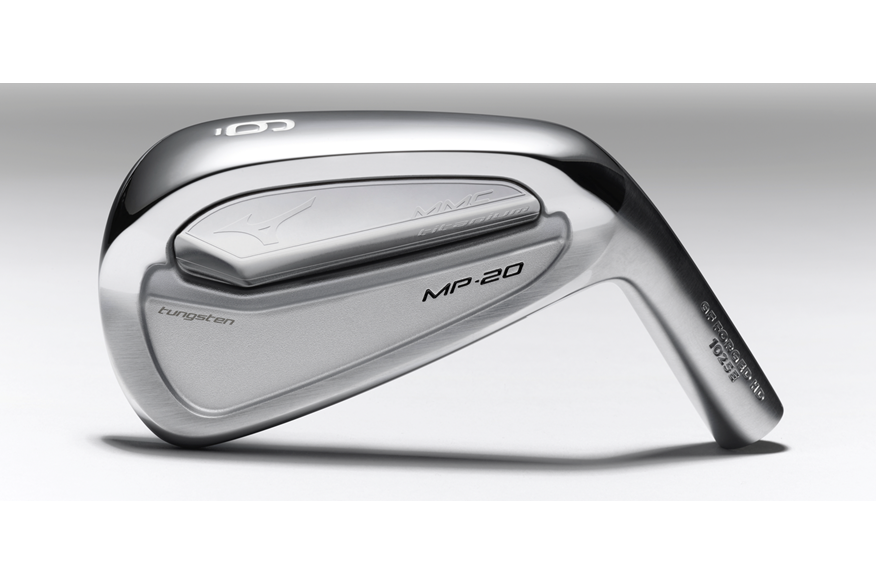
Mizuno MP-20 MMC iron
RRP: £165 per iron / Availability: 4-PW / 7-iron loft: 32°
Mizuno’s previous MP-18 line-up featured a SC (split cavity) iron which has been retired for this new MP-20 line. Mizuno’s thinking is that MMC was far more popular, as golfers choosing between either a muscleback or more forgiving option inevitably plumped for the extra forgiveness and great looks of the MMC (multi-material construction) instead of the split cavity.
The new MP-20 MMC has narrower short iron, and wider, long iron soles which deepen the centre of gravity to flight shots consistently across the set. A titanium cavity badge in the 4-7 iron frees up weight which is located as a 12g tungsten toe weight to improve MOI stability and off-centre hit forgiveness. A titanium badge in the 8-PW increases perimeter weighting in this super looking “elite players cavity” iron.
TESTED: Why shaft weight is now more important than flex
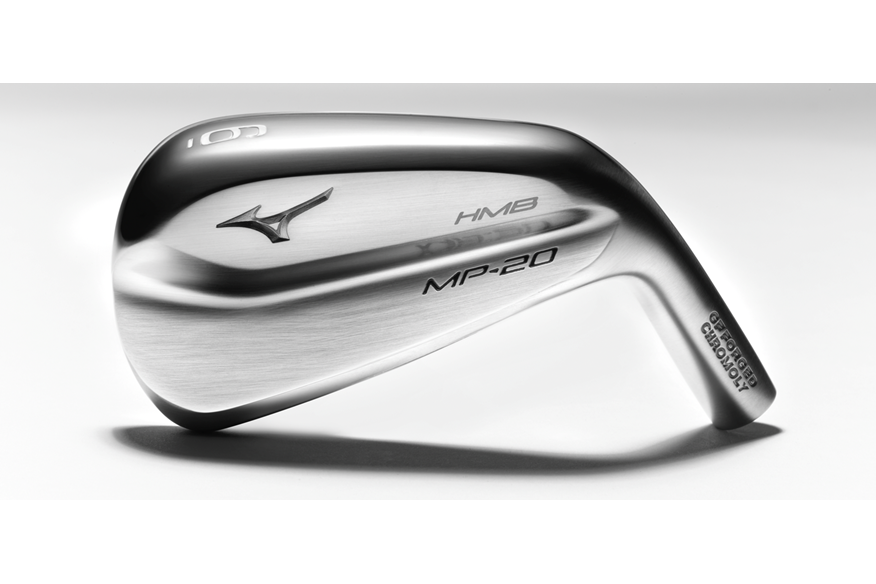
Mizuno MP-20 HMB iron
RRP: £180 per iron / Availability: 2-PW / 7-iron loft: 32°
Hollow body irons as a category was only really created in 2015, when PXG appeared on the scene. But it’s grown significantly since, and now TaylorMade, Ping and Titleist all have hollow body irons in their line-ups. Not wanting to get left behind, Mizuno has introduced one, too.
The MP-20 HMB (Hot Metal Blade) has a forged chromoly steel face (where the brand’s JPX919 Hot Metal and Hot Metal Pro are cast). Mizuno says forgiveness performance is very similar to the MP-20 MMC. But, thanks to a generous sole width and two internal 12g tungsten weights (in the 2-7 iron), there’s a deeper centre of gravity which helps HMB flight shots higher. Mizuno says the HMB is aimed at consistent golfers pursuing extra ball speed without sacrificing shot-shaping potential.
TESTED: Do old wedges really spin less?
There’s new Mizuno T20 wedges too
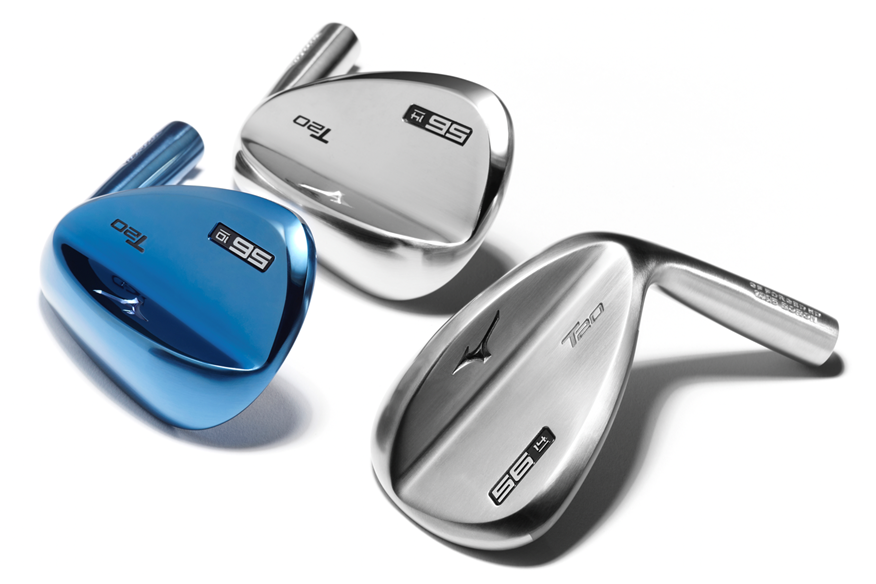
Forged wedges aren’t easy to find nowadays, so if you’re treating yourself to a set of forged Mizuno irons it makes perfect sense to match your new iron feel to your wedges.
Just like the new MP-20 irons the T20 wedges feature a tapered blade design, which positions more mass higher in the blade in the higher lofts, improving consistency and maximising spin.
New “Hydroflow Micro Grooves” help dissipate moisture at impact, and the heads take on a progressively rounder profile as lofts increase.
Unlike the new irons there’s no copper underlay as it’s not possible to CNC miIl the face and grooves without removing the copper coating. There is, though, three finish choices; mirror chrome, blue IP and raw, which is favoured by tour players and will rust over time.
Mizuno T20 wedge £140
